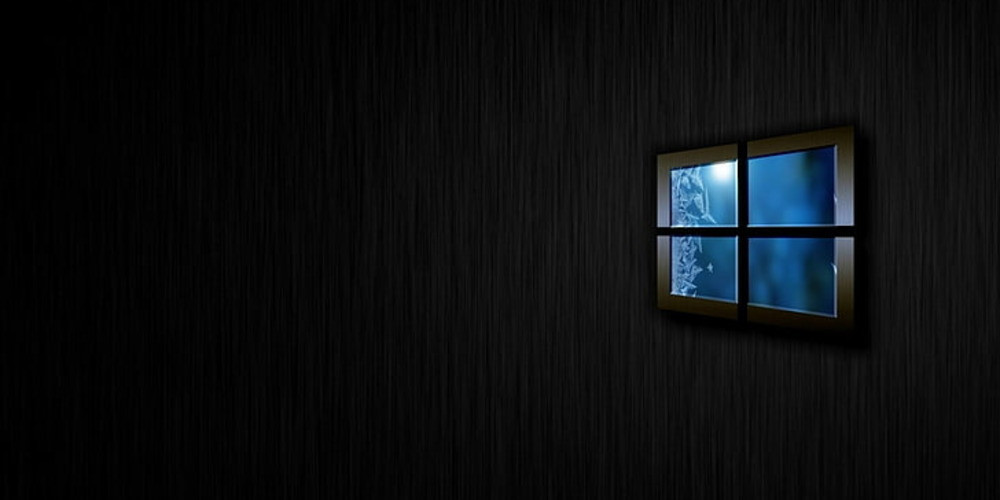Windows 10's Lifeline Comes with a Price: The Cost of Clinging to the Past

As the digital clock ticks towards October 14, 2025, Windows 10 users face a critical decision point. Microsoft has laid out a roadmap for the transition beyond Windows 10, marking this date as the end of the road for regular support for the widely used operating system. With Windows 10 holding a substantial user base and Windows 11 adoption moving at a modest pace, many are left pondering their next steps. Microsoft, in a bid to ease this transition, has introduced a lifeline with strings attached for those reluctant or unable to move on.
The lifeline comes in the form of Extended Security Updates (ESU), which are available for purchase and offer a safety net beyond the end-of-life date. However, this safety net isn't without its costs. Initially, users and businesses can secure another year of updates for $61 per device. But this is more than a one-off payment; it's the opening bid in a game of escalating costs, with the price doubling each year thereafter. This strategy not only puts a price on security but also subtly nudges users towards considering newer operating systems.
The structure of the ESU program is designed with a clear message: it's a temporary measure, not a permanent solution. For the first year post-2025, the cost per device might seem manageable for many, but as the price escalates to $122 and then $244 in subsequent years, the financial burden could prompt users to reevaluate their options. Microsoft has made it clear that these updates are strictly security-focused, with no new features or fixes for non-security issues included, emphasizing the stopgap nature of the program.
This pricing model raises several questions about the future landscape of operating systems and user choice. For businesses, particularly those with a large inventory of Windows 10 devices, the costs could quickly accumulate, pushing them towards newer systems sooner rather than later. Individual users, especially those with older hardware, might find themselves in a tough spot, weighing the costs of updates against the expenses of new hardware and systems. Microsoft's strategy seems to be a calculated push toward the adoption of its newer offerings, using the ESU program as both a carrot and a stick.
In conclusion, as we approach the twilight of Windows 10, users are presented with a stark choice: pay to stay or invest in moving forward. While the ESU program offers a lifeline, it's clear that it's intended as a temporary bridge rather than a permanent solution. For those willing to pay, it provides a way to maintain security while delaying the inevitable transition. However, the escalating costs serve as a reminder of the relentless march of technology and the pressures to keep pace. As 2025 draws closer, the decision on whether to cling to the past or embrace the future will become increasingly pressing for Windows 10 users worldwide.
Latest posts
See more-
![The Last of Us Part II: In-Depth Character Analysis and Storyline Exploration]() Editor’s Choice
2024-08-11
The Last of Us Part II: In-Depth Character Analysis and Storyline Exploration
The Last of Us Part II is an action-adventure video game that has gained significant popularity since its inception. Developed with immense creative prowess by...
Editor’s Choice
2024-08-11
The Last of Us Part II: In-Depth Character Analysis and Storyline Exploration
The Last of Us Part II is an action-adventure video game that has gained significant popularity since its inception. Developed with immense creative prowess by...
-
![CrossCode Developer Announces Alabaster Dawn, Enters Early Access in Late 2025]() News
2024-08-12
CrossCode Developer Announces Alabaster Dawn, Enters Early Access in Late 2025
In 2021, Radical Fish Games initially introduced a new action RPG titled Project Terra. Now, they have officially named it Alabaster Dawn and announced that...
News
2024-08-12
CrossCode Developer Announces Alabaster Dawn, Enters Early Access in Late 2025
In 2021, Radical Fish Games initially introduced a new action RPG titled Project Terra. Now, they have officially named it Alabaster Dawn and announced that...
-
![Alabaster Dawn Planned to Have 30-60 Hours of Playtime, Demo Launching in Early 2025]() News
2024-08-13
Alabaster Dawn Planned to Have 30-60 Hours of Playtime, Demo Launching in Early 2025
Radical Fish Games has made an exciting announcement regarding their upcoming action RPG, Alabaster Dawn, which is set to enter early access in 2025. In...
News
2024-08-13
Alabaster Dawn Planned to Have 30-60 Hours of Playtime, Demo Launching in Early 2025
Radical Fish Games has made an exciting announcement regarding their upcoming action RPG, Alabaster Dawn, which is set to enter early access in 2025. In...
Latest Reviews
See more-
![]() Action
Cult of the Lamb
Action
Cult of the Lamb
-
![]() Action
WILD HEARTS™
Action
WILD HEARTS™
-
![]() Casual
Gacha Club
Casual
Gacha Club
-
![]() Action
Call of Duty®: Warzone™ 2.0
Action
Call of Duty®: Warzone™ 2.0
-
![]() Action
Gacha Cute
Action
Gacha Cute
-
![]() Action
Cuphead - The Delicious Last Course
Action
Cuphead - The Delicious Last Course










